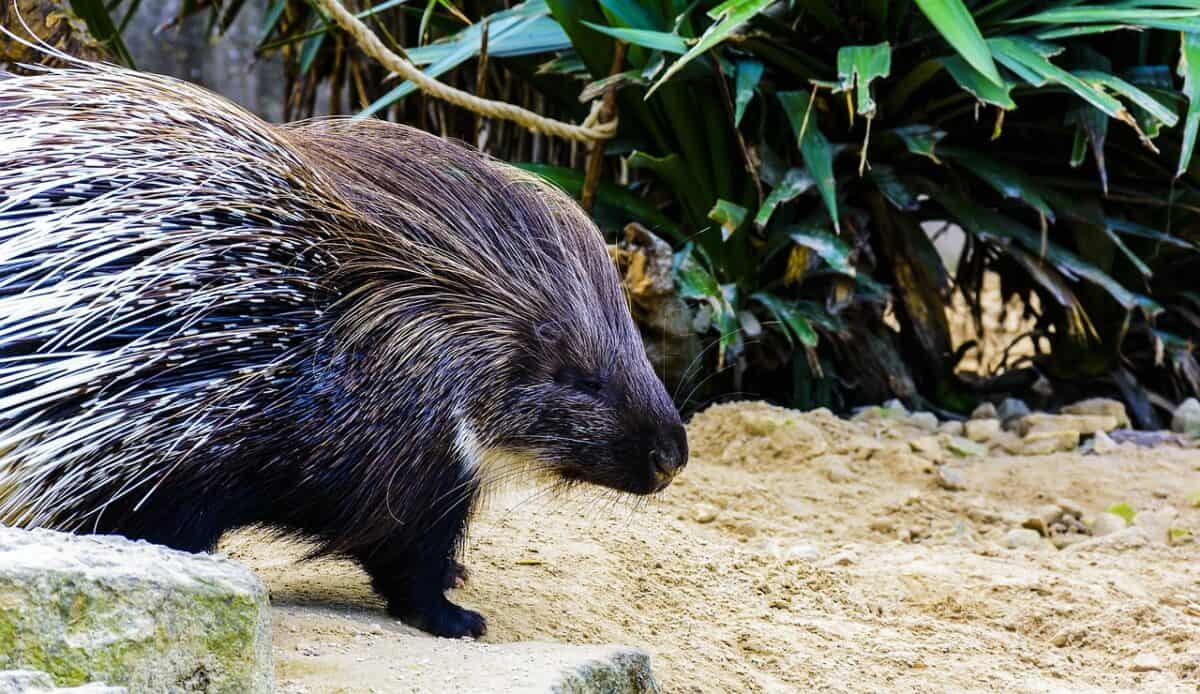Porcupines are among nature’s most misunderstood creatures. Covered in a coat of up to 30,000 specialized hair shafts we call quills, these rodents have inspired countless myths and misconceptions. Perhaps the most persistent belief is that porcupines can shoot their quills like darts at predators or threats. This dramatic image has been perpetuated through folklore, cartoons, and casual conversation for generations. However, the reality of porcupine defense mechanisms is both more practical and more fascinating than the fiction. These remarkable animals have evolved sophisticated passive defense strategies that effectively protect them without needing to launch projectiles. Let’s explore the truth about porcupine quills, how these animals actually defend themselves, and why the shooting quill myth has persisted for so long.
The Persistent Myth of Shooting Quills

The notion that porcupines can shoot their quills at predators is arguably one of the most widespread animal misconceptions in modern culture. This myth has persisted for centuries across different cultures and continents, appearing in folk tales, children’s books, and even some older natural history texts. The image of a porcupine launching its quills like arrows or darts is dramatically compelling, which helps explain why this misconception has been so difficult to dispel.
The shooting quill myth has been further reinforced by the genuine experiences of people and animals who have encountered porcupines and ended up with quills embedded in their skin. When a person finds quills stuck in their body or their pet after an encounter with a porcupine, it’s easy to conclude that the quills must have been fired at them from a distance. However, as we’ll discover, the truth about how these quills are transferred involves direct contact and some remarkable evolutionary adaptations that are no less impressive than the ability to shoot would be.
The Biology of Porcupine Quills
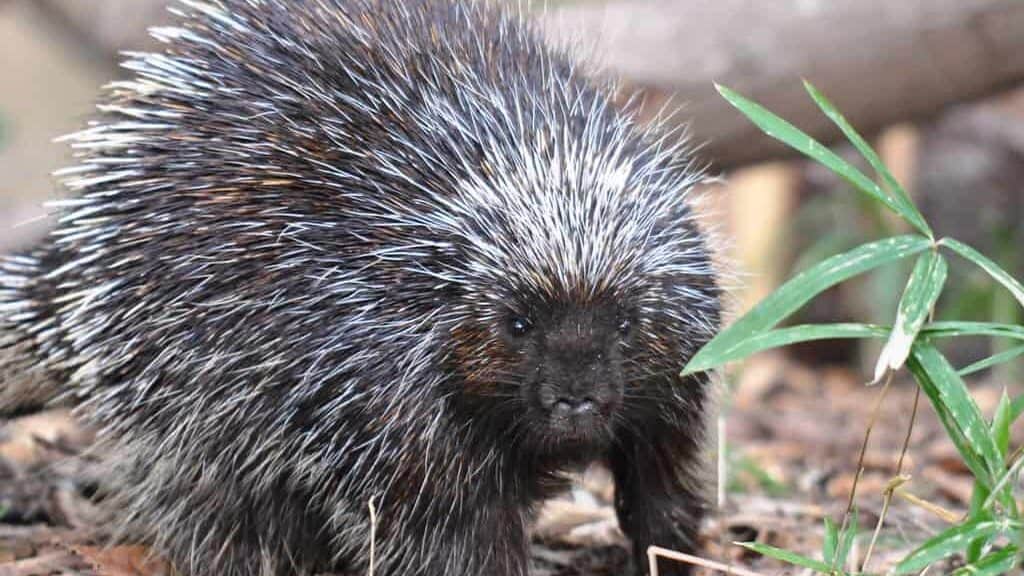
Porcupine quills are specialized hairs made of keratin—the same protein found in human hair and fingernails. These quills vary in size depending on the species and their location on the body, ranging from about 1 inch to over 12 inches long. In North American porcupines (Erethizon dorsatum), the quills are typically shorter, while African crested porcupines (Hystrix cristata) sport longer, more dramatic quills. Each quill has a sharp tip and, crucially, microscopic backward-facing barbs that make them extremely difficult to remove once embedded in flesh.
The quills are rooted in the porcupine’s skin by a flexible base, which allows them to be easily detached when sufficient force is applied. This detachment mechanism is key to the porcupine’s defense strategy. The quills are naturally loosely attached so that when a predator makes contact with the porcupine, some quills will detach and remain embedded in the attacker’s skin. This design represents a remarkable evolutionary adaptation that provides protection without requiring any active launching mechanism—the porcupine doesn’t need to shoot its quills because they are designed to detach on contact.
How Porcupines Actually Defend Themselves
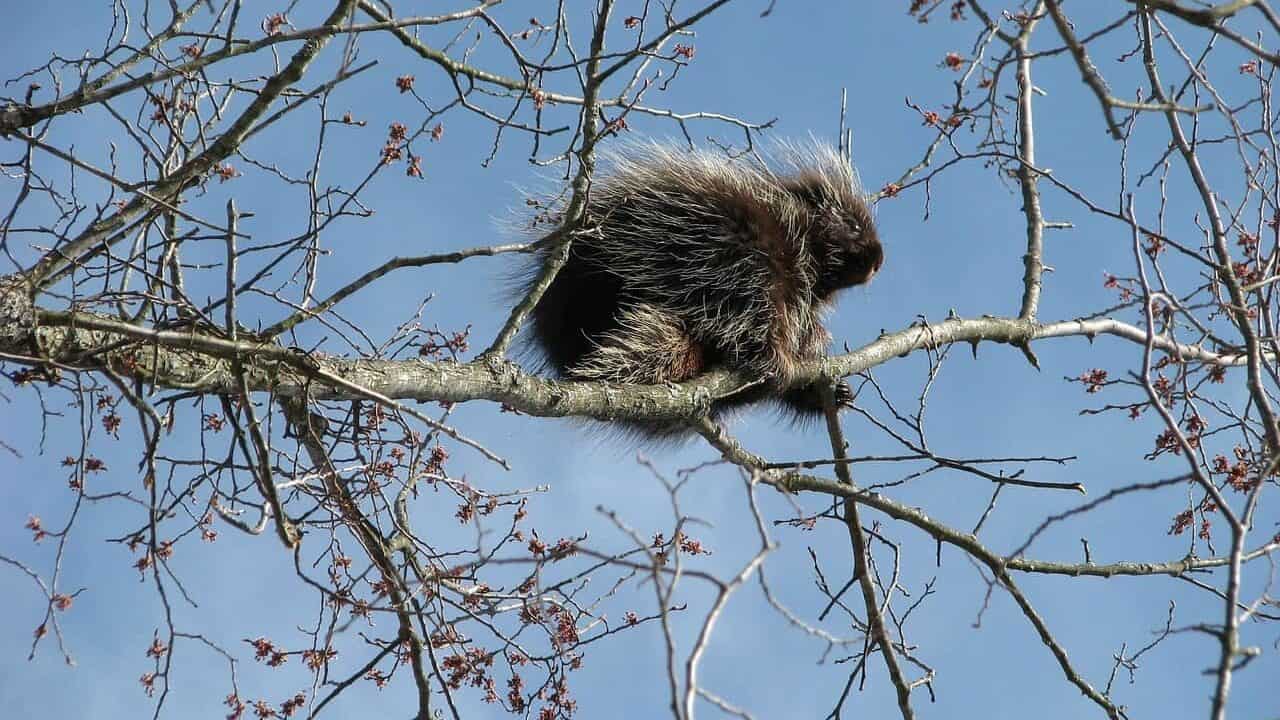
Rather than shooting their quills, porcupines employ a multi-stage defense strategy that begins with avoidance. These largely nocturnal animals are typically shy and prefer to escape notice altogether. When threatened, a porcupine’s first response is usually to flee or climb a tree (in the case of North American porcupines). If escape isn’t possible, the porcupine will display warning behaviors, such as chattering teeth, emitting a strong odor, or rattling specialized hollow quills to create a buzzing sound that serves as a warning.
If these deterrents fail, the porcupine will turn its back toward the threat, raise its quills (which normally lie flat), and swipe its tail at the attacker. The raised quills form an intimidating defensive barrier, and any contact will result in quills becoming embedded in the predator’s skin. The backward-facing barbs on each quill ensure that they work deeper into tissue with movement, creating a painful and potentially dangerous situation for the predator. This passive transfer mechanism is highly effective—many predators learn after just one encounter to avoid porcupines entirely.
The Science Behind the Detachment Mechanism
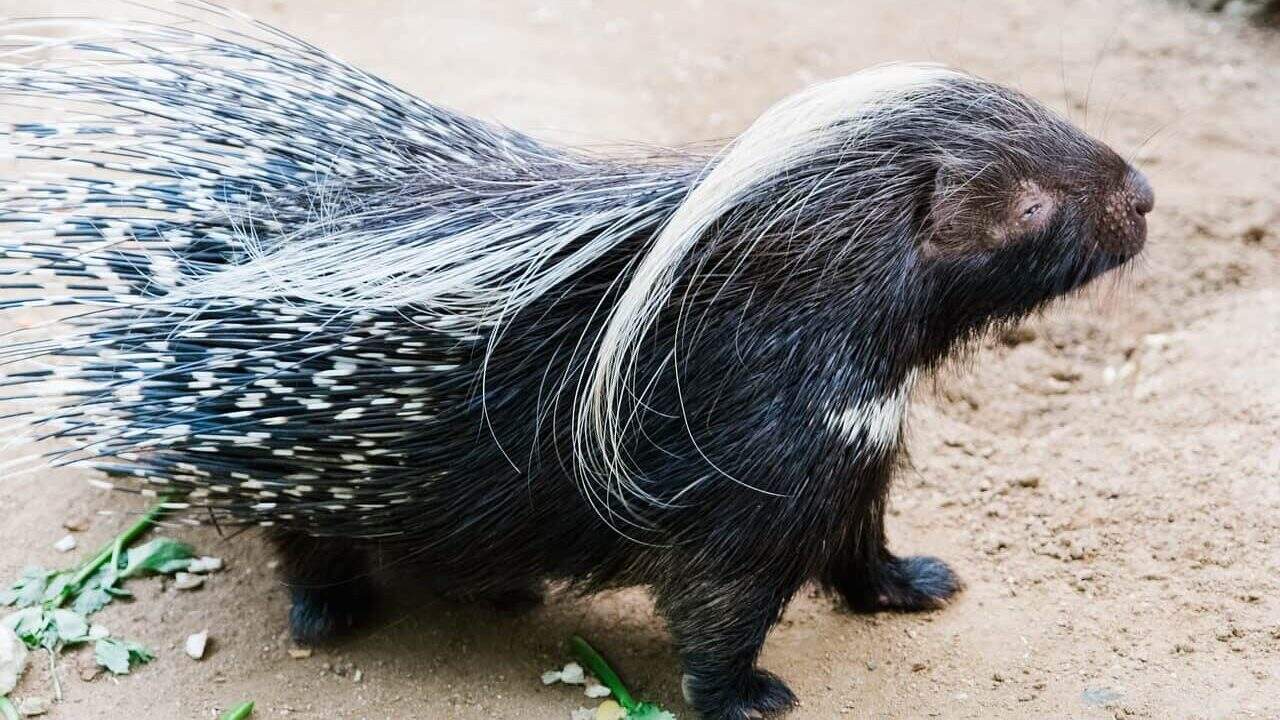
The detachment mechanism of porcupine quills is a marvel of evolutionary engineering. Each quill is held in a follicle in the porcupine’s skin by a small area of attachment that provides just enough strength to keep the quill in place during normal activities but allows it to detach easily when external pressure is applied. This balance is crucial—if the quills were attached too firmly, they wouldn’t transfer to predators, and if they were too loose, the porcupine would lose them too easily during everyday movements.
Research published in the Journal of Experimental Biology has shown that the force required to remove a quill from a porcupine is significantly less than the force needed to remove the same quill once it has penetrated a predator’s skin. This is due to the backward-facing barbs that act like tiny fishhooks, anchoring the quill in the predator’s tissue. Some porcupine species have up to 800 barbs on each quill, making removal extremely difficult and painful. This elegant passive defense system has been refined through millions of years of evolution, creating a mechanism that works automatically upon contact, no shooting required.
The Physics of Why Quills Can’t Be Shot
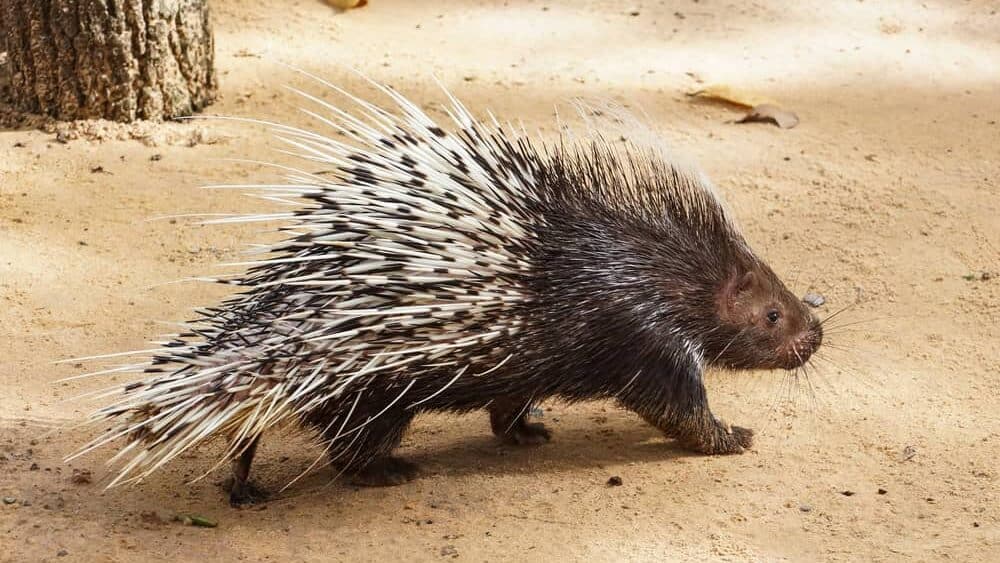
From a purely physical perspective, porcupines lack the anatomical structures necessary to project quills through the air. To launch a projectile, an animal would need specialized muscles and a launching mechanism—something like the explosive muscle contractions that allow fleas to jump or the specialized structures that enable bombardier beetles to spray defensive chemicals. Porcupines possess neither the muscular structures nor the firing mechanisms that would be required to eject quills with any force or accuracy.
Furthermore, the quills themselves are not aerodynamically designed for flight. While some are relatively straight, many are curved or irregularly shaped, which would make controlled projection impossible. The loose attachment of quills to the skin, which is essential for their defensive function, would also prevent the transfer of sufficient force to launch them as projectiles. The laws of physics simply don’t support the idea of quills being shot from a porcupine’s body—their design is optimized for a completely different defensive strategy that relies on direct contact.
Different Species, Different Quills

There are about two dozen porcupine species worldwide, divided into Old World porcupines (found in Europe, Asia, and Africa) and New World porcupines (found in North, Central, and South America). These different species have evolved variations in their quill defenses. Old World porcupines, such as the African crested porcupine, tend to have longer, heavier quills that can exceed a foot in length. They also possess specialized hollow quills on their tails that create a rattling sound when shaken as a warning signal.
New World porcupines, like the North American porcupine, have shorter, more numerous quills that are often hidden under a layer of longer guard hairs. Their quills contain a topical antibiotic on the tips, which some researchers believe may help prevent infection in the porcupine if it accidentally pokes itself. This adaptation highlights how specialized these defensive structures are and how they’ve evolved specific features in different lineages to maximize their effectiveness while minimizing risk to the porcupine itself. Despite these variations, no porcupine species has developed the ability to shoot its quills.
The Origins of the Shooting Myth
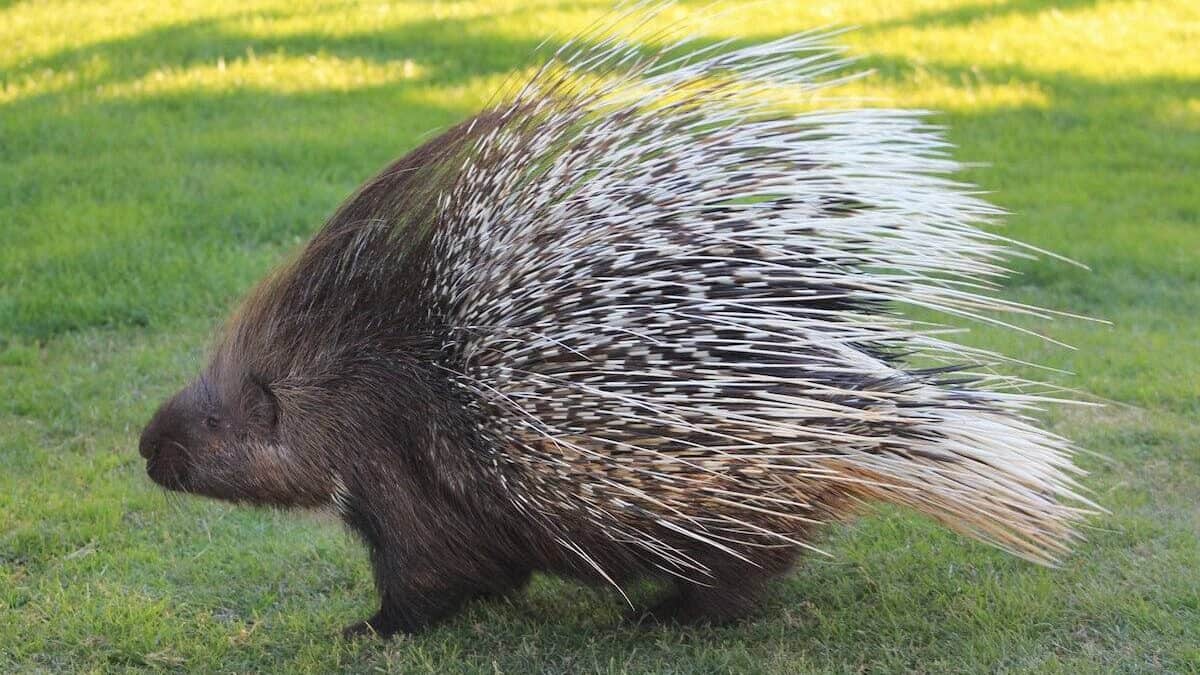
The myth that porcupines can shoot their quills likely originated from observations of porcupine-predator interactions. When a predator approaches a threatened porcupine, the porcupine may rush backward toward the threat or quickly swing its tail, creating the impression that quills are being thrown or shot. Additionally, porcupines can shed loose quills during these defensive displays, which might appear to have been projected, especially if the observer didn’t witness the actual contact between the animals.
Cultural transmission has played a significant role in perpetuating this myth. Indigenous stories, folklore, and early natural history accounts sometimes included the quill-shooting ability. Once established in cultural narratives, the myth became self-reinforcing, with each generation passing it along as fact. The dramatic and memorable nature of the image—a small animal shooting deadly darts at much larger predators—made it particularly sticky in the public imagination. Even after scientific observation disproved the myth, it continued to appear in children’s literature, cartoons, and casual references, cementing its place in popular culture despite its inaccuracy.
What Happens When Quills Make Contact

When porcupine quills penetrate skin, they create a serious medical situation that demonstrates why these defensive structures are so effective. The backward-facing barbs not only make the quills difficult to remove but actually cause them to work deeper into tissue with movement. A study published in Proceedings of the National Academy of Sciences found that these barbs reduce the force required for penetration by up to 50% compared to barbless quills, making them extremely effective at embedding themselves in predator tissue.
For animals quilled by a porcupine, the consequences can be severe. The barbs can cause the quills to migrate through tissue, potentially reaching vital organs or causing serious infections. Predators like coyotes, mountain lions, and great horned owls have been found with dozens or even hundreds of quills embedded in their faces, mouths, and throats, sometimes leading to starvation or death if the animal can’t eat properly. For domestic dogs that encounter porcupines, immediate veterinary attention is necessary. Veterinarians typically remove the quills under sedation or anesthesia, as the process is extremely painful and requires precision to avoid breaking the quills and leaving fragments embedded in the tissue.
Porcupine Predators: Learning the Hard Way
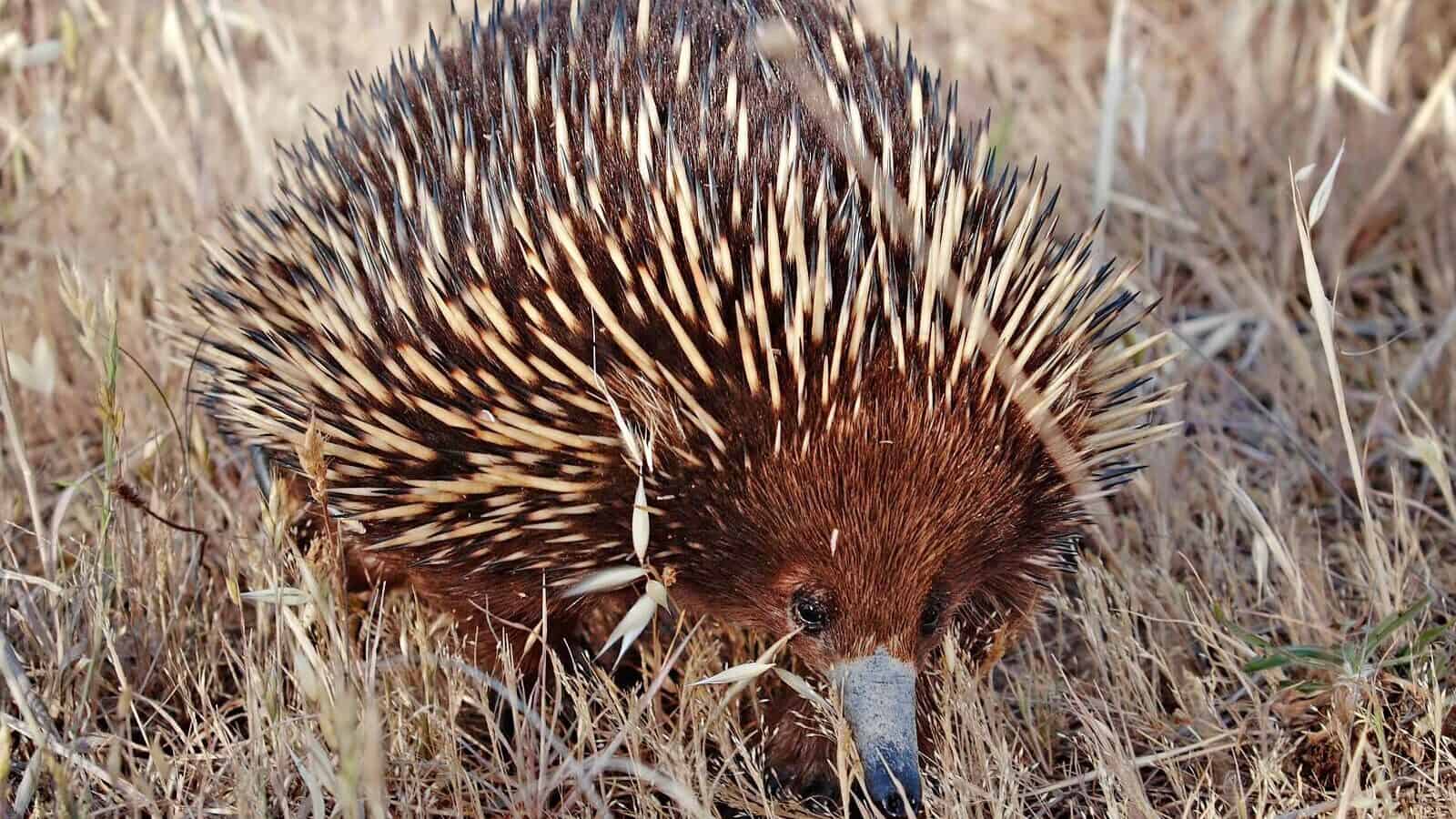
Despite their formidable defenses, porcupines do have natural predators that have developed strategies to overcome the quill barrier. Fishers, relatively small members of the weasel family found in North America, are specialized porcupine hunters. They attack porcupines by repeatedly biting their unprotected faces and then flipping them over to access the vulnerable belly, which has no quills. Mountain lions and wolves may also successfully prey on porcupines, though often at significant cost—many carry numerous embedded quills from previous encounters.
These predator-prey relationships demonstrate an evolutionary arms race, with porcupines developing increasingly effective passive defenses and predators evolving more sophisticated hunting techniques to circumvent those defenses. The relationship also highlights the effectiveness of the quill defense system—most predators learn after one painful encounter to avoid porcupines entirely, and those that do specialize in hunting them must employ careful strategies that work around the quill defense rather than through it. This balance of adaptations contributes to the ecological stability of the habitats where porcupines are found.
Porcupine Behavior Beyond Defense

While their defensive adaptations are remarkable, porcupines lead complex lives beyond just avoiding predators. These animals are primarily herbivores with specialized diets that vary by species and habitat. North American porcupines are known for their love of tree bark, buds, and leaves, as well as a peculiar attraction to salt and glue (which they may seek out for the sodium content). In winter, they may spend weeks feeding in a single tree, creating distinctive feeding patterns that foresters can identify.
Contrary to their prickly reputation, porcupines engage in complex social behaviors. While not highly social, they do communicate with various vocalizations ranging from moans and grunts to screams when threatened. During mating season, males engage in elaborate courtship rituals that include spraying urine on females (who are receptive only a few hours per year) and making unique vocalizations. Female porcupines typically give birth to a single baby, called a porcupette, which is born with soft quills that harden within hours. These insights into porcupine biology reveal them to be fascinating creatures whose lives involve much more than just defending themselves with quills.
Human Interactions with Porcupines
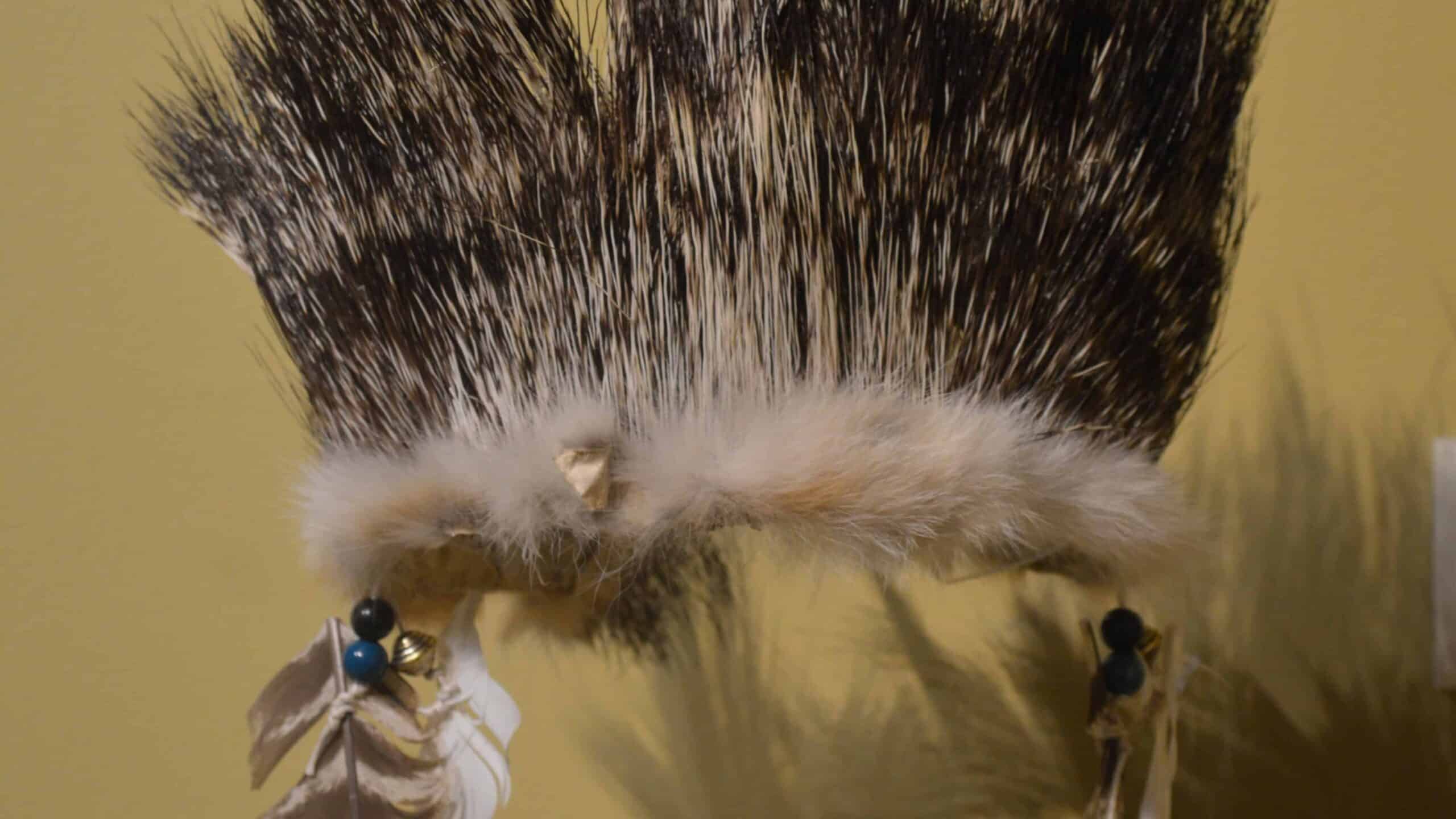
Human-porcupine interactions have a complex history. In some cultures, porcupines have been hunted for meat, and their quills have been used for decorative purposes in traditional crafts. Indigenous peoples in North America historically used porcupine quills for embroidery on clothing, moccasins, and ceremonial items, creating intricate and beautiful designs. The quills would be harvested from porcupines that had been hunted for food or collected after being shed naturally.
In modern contexts, porcupines sometimes come into conflict with humans when they damage trees on commercial forestry land or chew on wooden structures, vehicle tires, or tool handles to access the salt from human sweat. Wildlife management approaches typically focus on exclusion techniques rather than removal, as porcupines play important ecological roles in their native habitats. For hikers and outdoor enthusiasts in porcupine territory, awareness and respect for these animals are essential—contrary to popular belief, a porcupine cannot shoot its quills at you, but getting too close to a defensive porcupine can still result in a painful encounter that neither party wants.
The enduring myth of porcupines shooting their quills represents a fascinating case study in how misconceptions about wildlife can persist despite scientific evidence to the contrary. The reality of porcupine defense mechanisms is no less remarkable than the fiction—these animals have evolved a sophisticated passive defense system that effectively deters predators without requiring any active projection of quills. The specialized design of the quills, with their barbed tips and detachable bases, demonstrates the power of natural selection to create elegant solutions to survival challenges. Through understanding the true nature of porcupine defenses, we gain not only accurate knowledge about these unique creatures but also deeper insight into evolutionary adaptations and the complex relationships between predators and prey.
As we continue to study and appreciate wildlife, distinguishing fact from fiction becomes increasingly important. Porcupines don’t need to shoot their quills to be fascinating—their actual defensive strategies, behaviors, and ecological roles make them remarkable enough. By sharing accurate information about these and other animals, we can foster a deeper appreciation for the incredible diversity of adaptations that have evolved in the natural world and promote more informed conservation efforts to protect these species for future generations. The truth about porcupines reminds us that nature’s actual solutions are often more sophisticated and elegant than anything we might imagine.
- The Coldest Town in America—And How People Survive There - August 9, 2025
- How Some Birds “Steal” Parenting Duties From Others - August 9, 2025
- 12 Deep-Sea Creatures You Won’t Believe Exist - August 9, 2025

